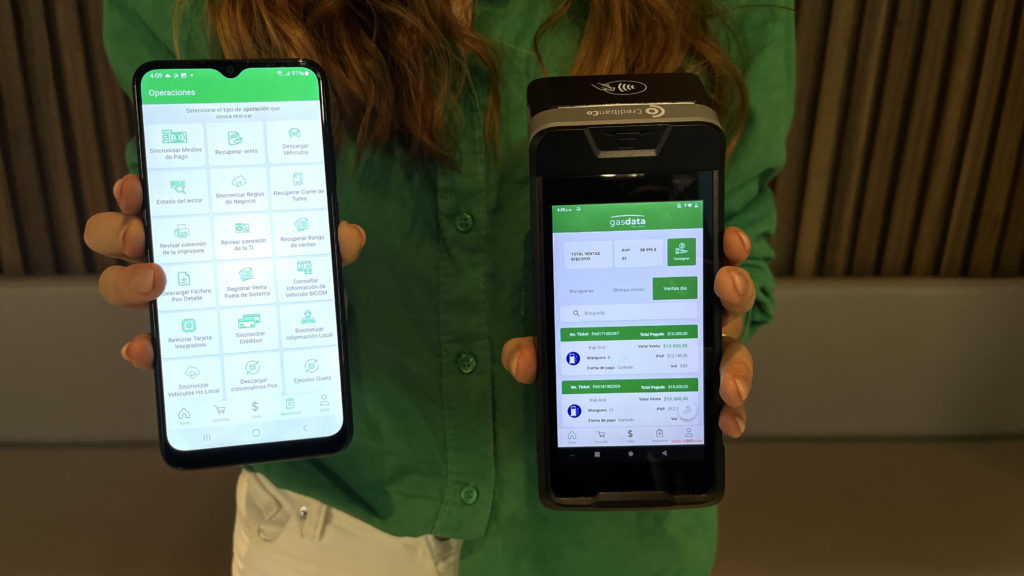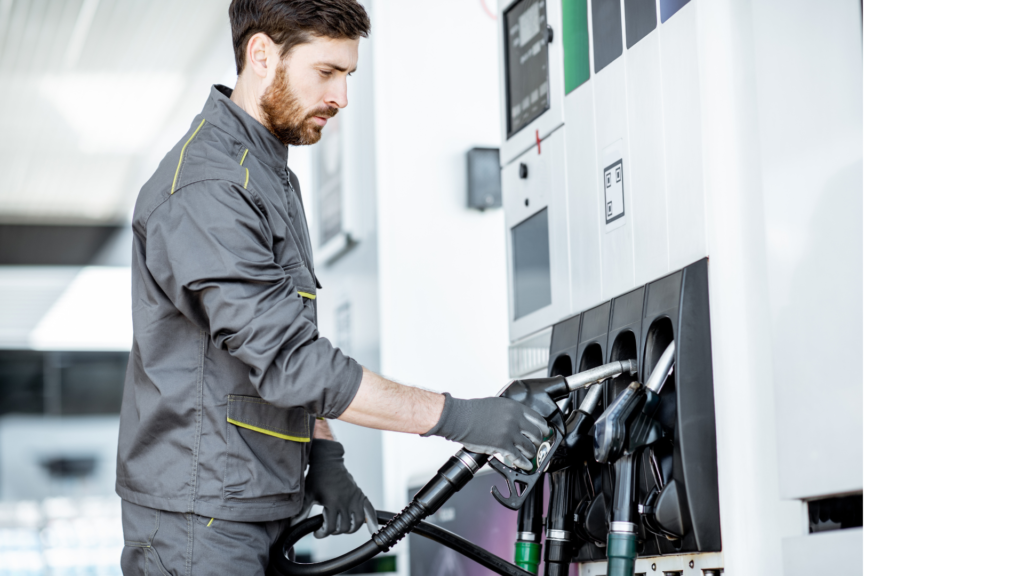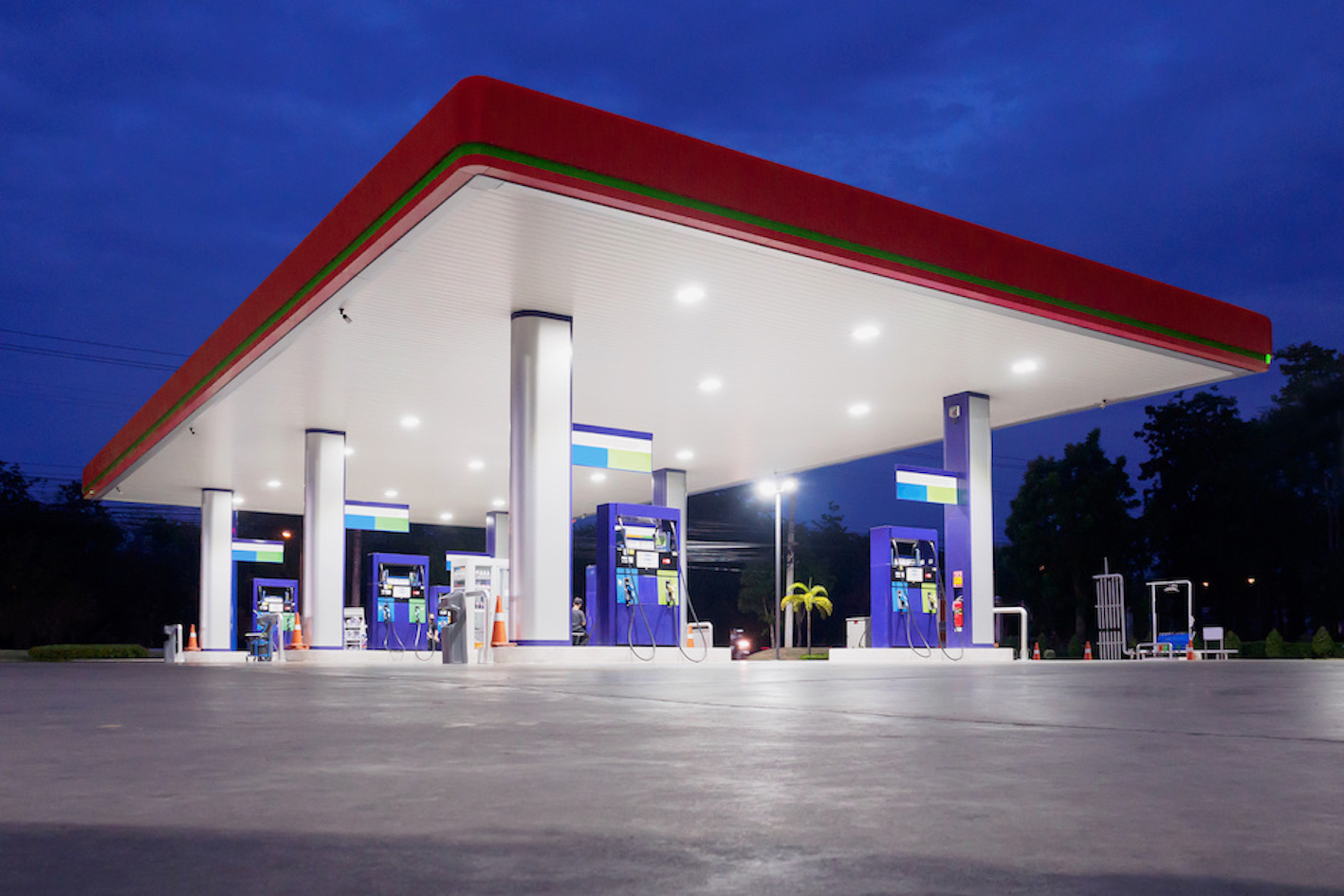In an increasingly technology-driven and information-rich world, service stations are not immune to the necessity of utilizing data for strategic decision-making. In the past, data management at these stations used to be a manual and limited process.
However, with the growing number of users and the demand for personalized services, coupled with the ongoing influence of technology in the industry, data analysis has become an essential tool for boosting the growth and efficiency of gas stations.
The need for Big Data
With the advent of Big Data, a significant shift occurred in how companies manage data. In a world where the number of users is rapidly increasing, organizations face the challenge of handling ever-expanding volumes of information. Additionally, uncovering valuable customer insights that can influence decision-making.
Companies dealing with massive amounts of data, such as gas stations, find in this technology a powerful tool. This is because it not only enables efficient data management but also provides the capacity to analyze trends, patterns, and behaviors, which is crucial for making informed and strategic decisions.
What is Big Data?
Big Data, or data analysis, is the process of examining, cleaning, transforming, and modeling data with the aim of discovering valuable insights, patterns, and trends. Moreover, it involves the use of tools and techniques to convert raw data into actionable knowledge.

Example:
Let's consider the management of a gas station. Through data analysis, we've gathered detailed information on the sales of different types of fuel over several months. Upon reviewing this data, we notice that premium fuel sales peak during weekday mornings, while diesel sees higher sales during weekend afternoons.
Based on this trend, we can devise a specific marketing strategy. For instance, we could launch promotions for premium fuel during weekday morning hours to attract drivers seeking optimal performance. Similarly, we could offer discounts on diesel during weekend afternoons, when higher demand is observed.
In this example, data analysis has allowed us to uncover customer behavior patterns and utilize this information to design an effective strategy that caters to our customers' needs, optimize our operations and increase customer satisfaction.
The significance of data analysis in gas stations
But why should service stations care about data analysis? The answer is simple: to make informed and strategic decisions.

From inventory optimization to preventing fuel shortages or excesses, to gaining a deep understanding of changing customer habits, data analysis becomes a catalyst for positive change. This empowers stations to anticipate market trends, adapt to shifting demands, and craft effective marketing strategies, resulting in increased sales and significant growth for the station.
Examples of data analysis in gas stations
-
- Inventory optimization: Identifying demand patterns to avoid stockouts or excess inventory.
-
- Customer Behavior: Analyzing purchasing habits to offer personalized deals, enhance experiences, and foster customer loyalty.
-
- Operational Efficiency: Identifying obstacles and improving operational efficiency.
A real-life example of how data analysis can drive strategic decisions can be found in the case of a gas station that utilized our Gasdata software. In this station, a joint analysis revealed an issue with resource allocation for attendants, as maintaining a large staff incurred high costs.
Through a comprehensive analysis of attendant traffic and activity data, a pattern emerged. During certain hours of the day, the station was assigning more attendants than necessary, leading to unnecessary expenses. Conversely, during peak traffic times, there was a shortage of staff, resulting in service delays and missed sales opportunities.
With this information in hand, the service station optimized its workforce by assigning attendants based on real-time demand. Furthermore, data analysis was used to determine when it was most profitable to implement marketing campaigns that encouraged increased sales during off-peak hours.
The Gasdata solution: Streamlined automation and analysis
At this point, it's essential to mention that any station aiming to carry out data collection and analysis will require a software.
Our product Gasdata, automates data collection, from vehicle tracking to generating advanced reports on Power BI dashboards. Additionally, our platform aids in creating effective data-driven loyalty campaigns. Learn more about it by scheduling here a demo!

Conclusion
The evolution from manual management to advanced automation has proven that numbers truly speak. By embracing data analysis and software solutions like Gasdata, your gas station can expect sustainable growth, increased operational efficiency, and more satisfied customers.
